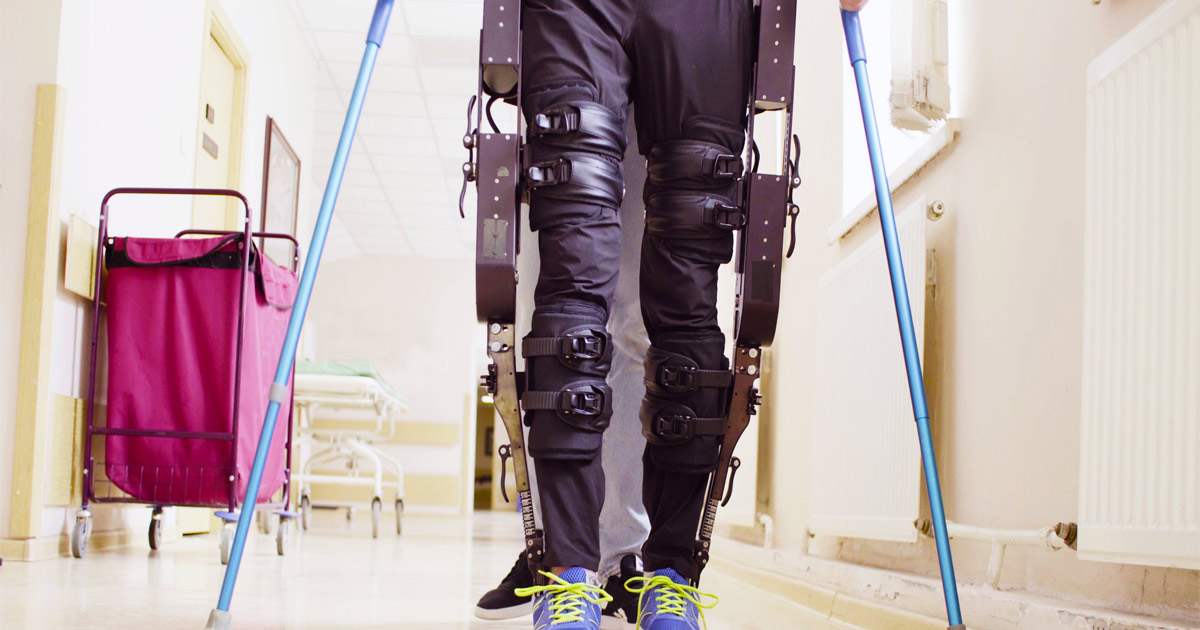Car accidents can result in a wide range of injuries besides the ones that immediately come to mind, like whiplash and spinal cord injuries. The force of a collision can cause severe leg injuries, such as fractures, soft-tissue damage, and joint trauma. The severity of a leg injury depends on the speed of the vehicles involved, the point of impact, and whether safety restraints were used.
What Are Common Leg Fractures After a Car Accident?
Fractures are among the most frequent leg injuries caused by vehicle collisions. The femur, tibia, and fibula are susceptible to fractures when exposed to sudden force. A femur fracture is particularly serious due to the strength of the bone and the force required to break it. Tibia and fibula fractures often occur together and can result in significant pain and mobility issues. Treatment for leg bone fractures can include extensive X-rays, immobilization, surgery, and rehabilitation.
Can a Car Accident Cause Soft-Tissue Injuries in the Leg?
Soft-tissue injuries affect muscles, ligaments, and tendons. A car accident can cause sprains, strains, and tears in these tissues, leading to pain, swelling, and difficulty walking. Ligament injuries, such as an Anterior Cruciate Ligament (ACL) tear, often require prolonged recovery periods. Leg contusions, or deep bruises, can also be painful and limit movement. Physical therapy and medical intervention may be necessary for proper healing.
How Do Knee Injuries Occur in a Car Accident?
The impact of a collision can cause significant damage to the knee joint. “Dashboard knee” is a condition that occurs when the knee strikes the dashboard, leading to injuries like a Posterior Cruciate Ligament (PCL) tear. Meniscus tears, fractures of the patella, and dislocations are also common. Knee injuries often require extensive treatment, including physical therapy, medication, and in some cases, surgical intervention.
Are Nerve Injuries in the Leg Possible After a Car Accident?
Nerve damage can result from direct trauma or secondary effects of a leg injury. Compression or stretching of nerves may lead to numbness, weakness, or chronic pain. Sciatic nerve damage is one example, potentially causing discomfort that radiates from the lower back down the leg. Treatment for nerve injuries can involve medication, physical therapy, and in severe cases, surgical procedures.
What Are the Long-Term Effects of Leg Injuries From a Car Accident?
The long-term impact of a leg injury depends on its severity and the effectiveness of treatment. Some individuals experience chronic pain, limited mobility, or permanent damage; joint injuries may increase the risk of arthritis over time. Severe fractures and ligament damage can lead to difficulty walking or standing for extended periods. Proper medical care and rehabilitation play a significant role in recovery and maintaining mobility.
How Is Compensation Determined for a Leg Injury After a Car Accident?
If another party’s negligence contributed to the accident, a legal claim may be an option. Compensation for a leg injury should accurately reflect the costs for medical expenses, lost wages, rehabilitation costs, and pain and suffering. Documentation of medical treatment, expert medical evaluations, and accident reports can provide evidence to support a leg injury claim. Once that (and other) supporting evidence is gathered and organized, it must be effectively presented for the best chance of fair compensation.
Delaware County Car Accident Lawyers at McCann Dillon Jaffe & Lamb, LLC Fight for Fair Compensation in Leg Injury Claims
A leg injury after a car accident can have lasting effects on mobility and quality of life. If another driver’s negligence caused an accident that led to your injuries, the trusted Delaware County car accident lawyers at McCann Dillon Jaffe & Lamb, LLC can provide legal guidance and representation. For a free consultation, call our Philadelphia and Abington, Pennsylvania and Wilmington, Delaware offices at 215-569-8488 or contact us online. We proudly serve clients in the surrounding areas.


